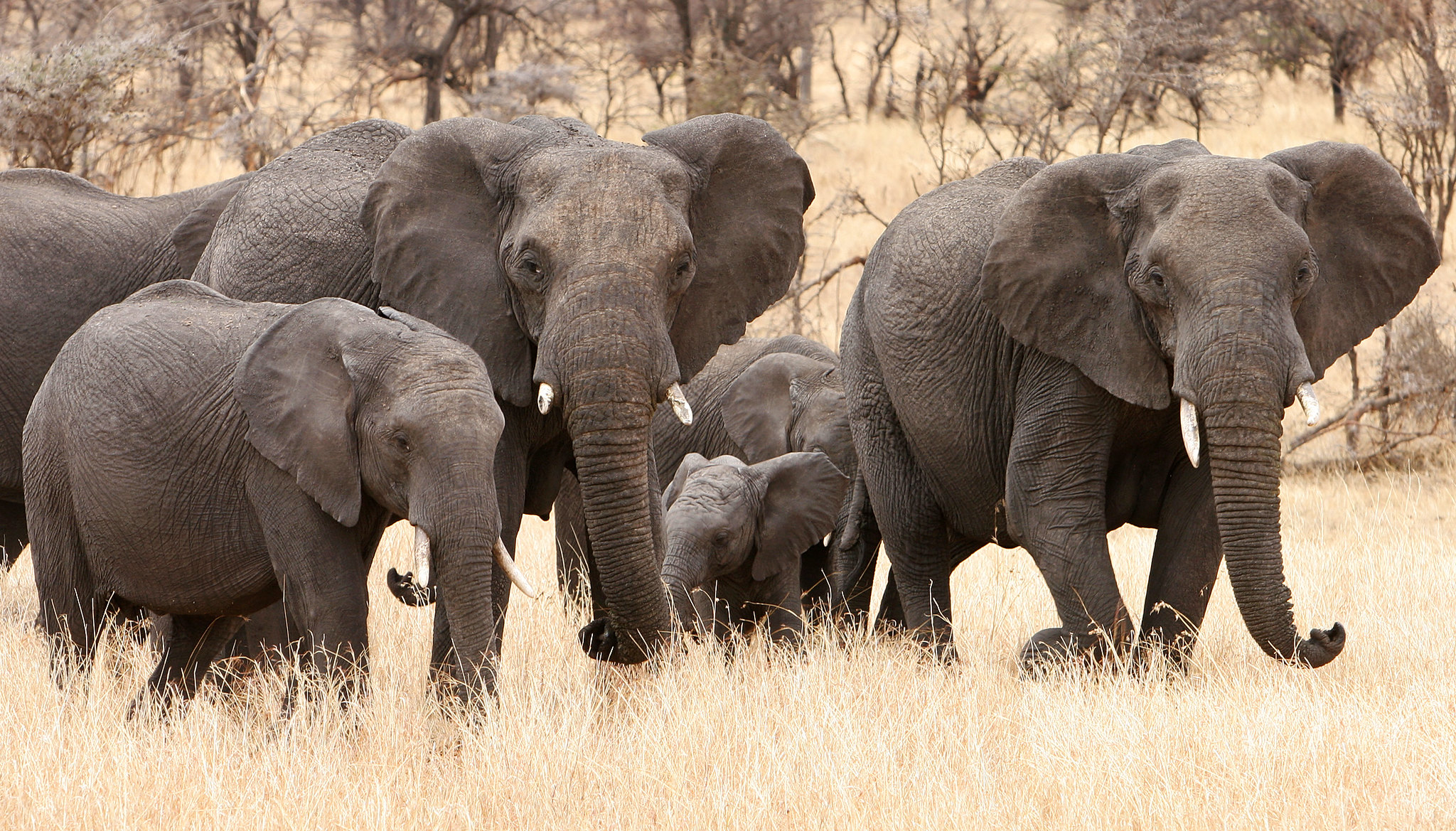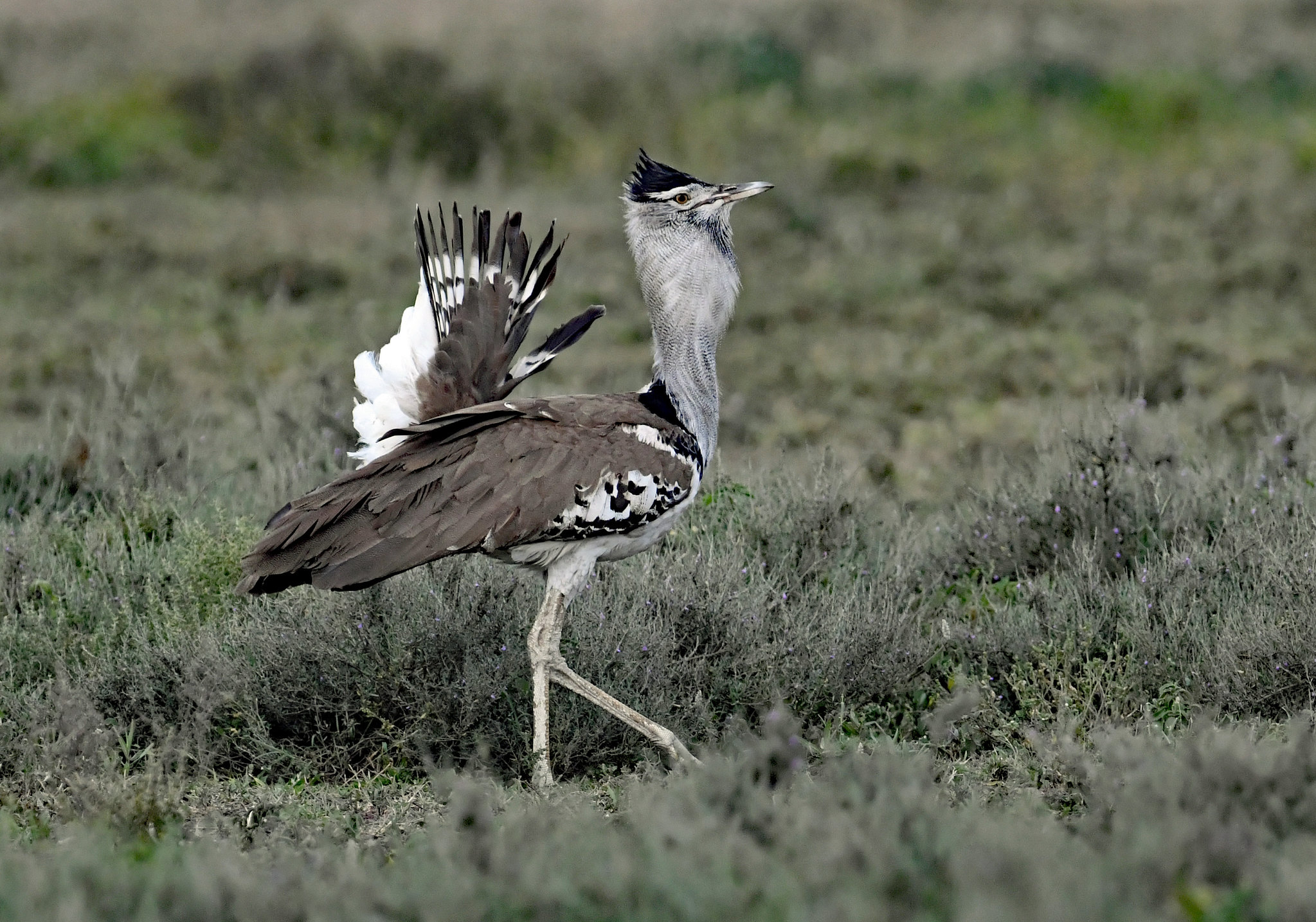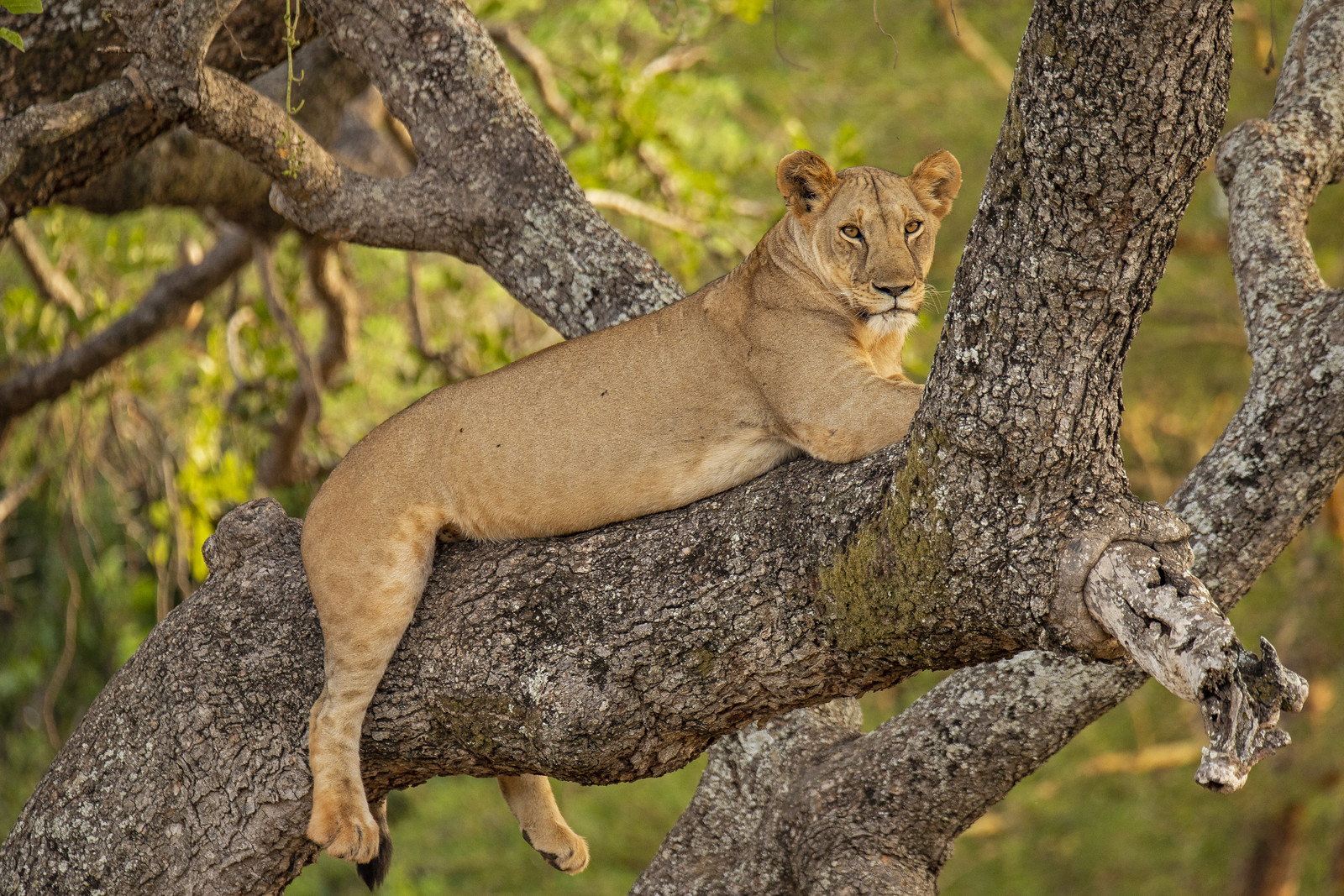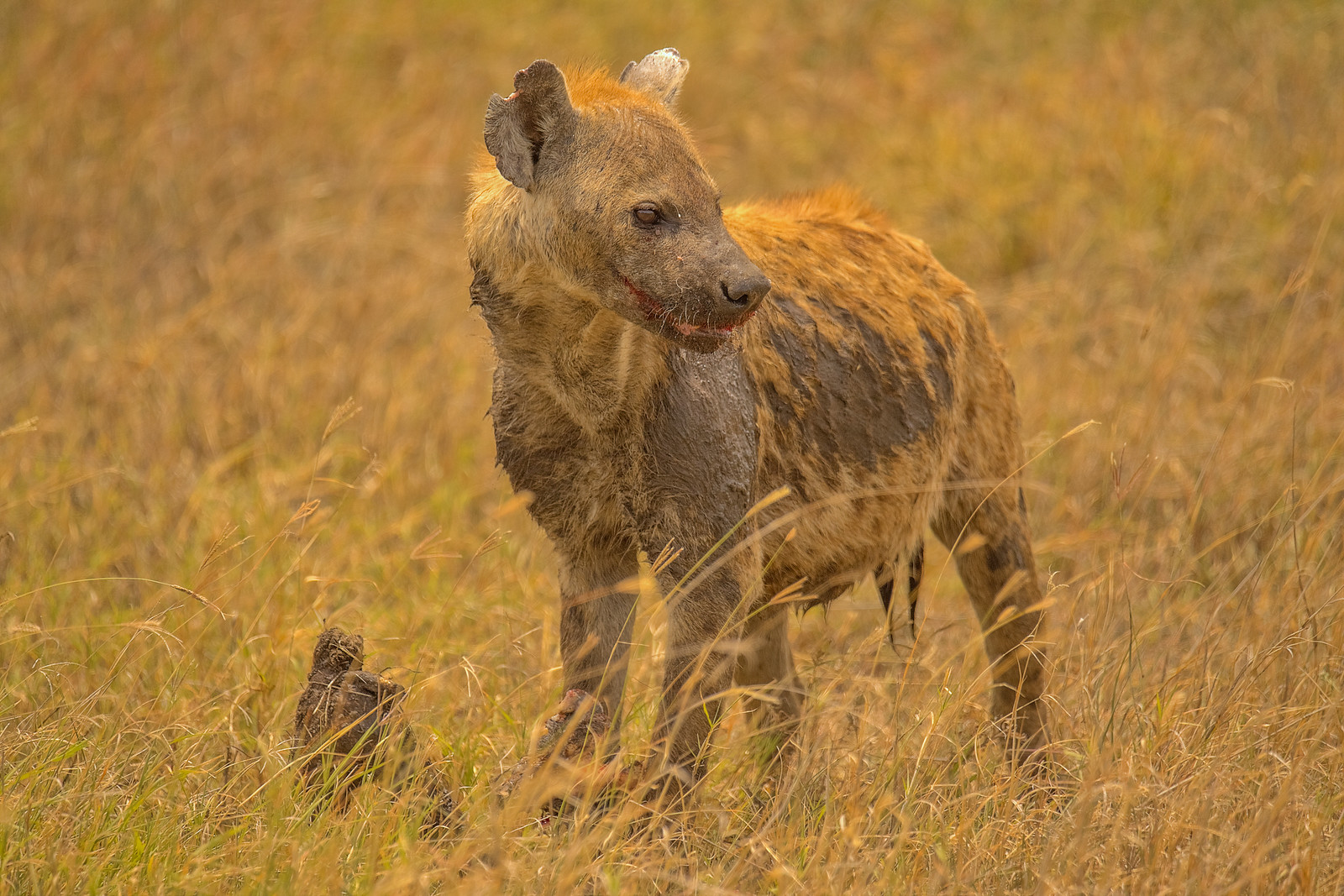Ngorongoro Crater situated in the north-eastern Tanzanian region of the Crater Highlands, 180 km (110 mi) west of Arusha City lies within the Ngorongoro Conservation Area, a protected area and UNESCO World Heritage Site. Ngorongoro Crater is the name of the location, which is a sizable volcanic caldera. The Tanzanian government’s Ngorongoro Conservation Area Authority is in charge of overseeing the conservation area, and the Arusha Region’s Ngorongoro District forms the perimeter of the zone. Millions of wildebeest, zebras, gazelles, and other species migrate in the Great Migration each year, which takes place in the region that unites the two parks and Kenya’s Maasai Mara game reserve. The park’s western section borders the Serengeti National Park. A major paleoanthropological site in the world, Olduvai Gorge, is also located within the protection area.
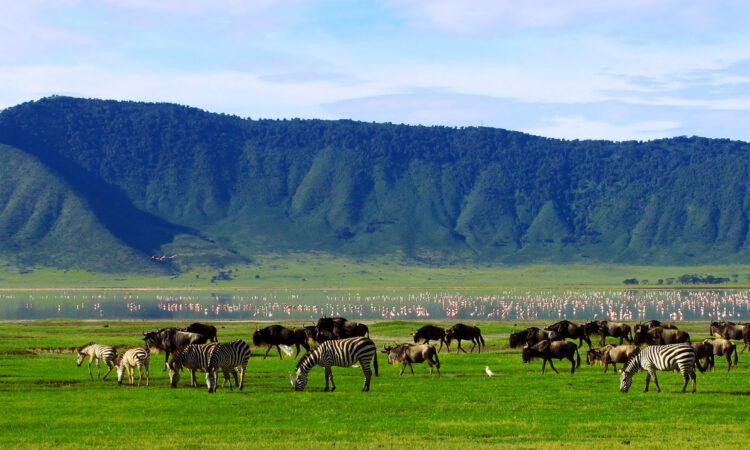
The main feature of the Ngorongoro Conservation Authority is the Ngorongoro Crater, the largest dormant, intact, and unfilled volcano crater in the world. The crater covers 260 square kilometres (100 square miles) and is 2,000 feet (610 meters) deep. Two to three million years ago, a large volcano erupted and collapsed on itself, creating the formation. It is estimated that the ancient volcano was between 4,500 and 5,800 meters (14,800 and 19,000 feet) high. The crater floor is located 1,800 meters (5,900 feet) above sea level. The crater was chosen as one of the Seven Natural Wonders of Africa in February 2013 by Seven Natural Wonders of Africa in Arusha, Tanzania. Between 2.45 and 2 million years ago, the Ngorongoro volcano experienced volcanic activity.
Volcanic eruptions such as the one that formed Tanzania’s Ngorongoro Crater, or Ngorongoro are the most common. Although they were much less significant in size and consequence, similar formations happened in the cases of Olmoti and Empakaai. Doinyo Lengai, the more active of the two recent volcanoes in northeast of the Empakaai caldera—Kerimasi and Ol Doinyo Lengai—had significant eruptions in 2007 and 2008. Presently, smaller ash eruptions and lava flows are steadily filling the crater. The Maasai name for it means “Mountain of God.”
The primary source of water that supply and empties into the seasonal salt lake at the centre of Olmoti Crater is the Munge Stream, which drains the crater to the north. The Maasai named this lake Makat, which means salt, and is also known as Magadi. When there is enough rain, the Lerai Stream empties into Lake Magadi as well as the humid forests to the south of the crater, feeding the Lerai Forest on the crater floor. Water entering Lerai is reduced by approximately 25% due to water extraction by resorts and the Ngorongoro Conservation Area headquarters. Ngoitokitok Spring, which is located close to the eastern crater wall, is the other significant water source in the crater. This region is home to a large swamp that receives water from the spring, there is a picnic spot that is accessible to the public, and a variety of wildlife, including lions, elephants, and hippopotamuses. At the bottom of the crater ,there are other smaller springs that serve as vital water sources for the indigenous Maasai and animals, particularly in dry period. Before 2015, Maasai were allowed to graze their cattle inside the crater, but this was later prohibited.
Safari tour attractions in Ngorongoro Conservation Area
Olduvai Gorge
In the plains region, Oldupai, also known as Olduvai Gorges, is protected by the Ngorongoro Conservation Area. Following the discovery of the oldest known specimens of the human genus, Homo habilis, as well as early hominidae, such as Paranthropus boisei, it is regarded as the seat of humanity. Situated along the Great Rift Valley in eastern Africa is the Olduvai Gorge, a steeply sided gorge. Olduvai is located in north-eastern Tanzania, near the eastern Serengeti Plains. Its length is around fifty kilometres (31 miles). It is the driest area of the region and is located in the rain shadow of the Ngorongoro highlands. Sansevieria ehrenbergii, a wild sisal plant, is known by the Maasai word “Oldupaai,” which inspired the gorge’s name.
It is among the most significant prehistoric sites on Earth, and studies conducted there have greatly advanced our knowledge of the early stages of human evolution. The Leakey family has been carrying out the excavation work there since Mary and Louis Leakey pioneered it in the 1950s. Some people think the location was a vast lake millions of years ago, with layers of volcanic ash covering the lake’s shoreline. There are seven primary layers in the gorge’s walls, which were revealed when a nearby stream was diverted by seismic action around 500,000 years ago.
Wildlife
The crater is on of the Tanzania safari tour destination and home to over 25,000 big animals, primarily ungulates. The black rhinoceros, whose local population fell from roughly 108 in 1964–1966 to between 11–14 in 1995, the African buffalo, sometimes known as the Cape buffalo, and the hippopotamus are among the large species found in the crater. There are numerous other ungulates as well, including the Thomson’s and Grant’s gazelles (3,000), the eland, the blue wildebeest (7,000 estimated in 1994), and Grant’s zebra (4,000).Waterbucks are typically seen close to Lerai Forest. The crocodile, topi, impala, Oribi, and giraffe are not present. Seldom seen are the African leopard, East African wild dog, and cheetah. Since 1996, the Ngorongoro Conservation Area has been the focus of an extensive scientific study on spotted hyenas (Crocuta crocuta).
Though regarded as “a natural enclosure” for an extremely diverse range of fauna, the crater is left empty during the wet season by at least 20% of the wildebeest and 50% of the zebra populations, while the Cape buffalo (Syncerus caffer) remain, reaching their peak numbers during the rainy season. The number of wildebeest in the crater has decreased from 14,677 in 1986 to 7,250 in 2003–2005. Eland and Thomson’s gazelle populations have decreased, although buffalo numbers have significantly grown. This is most likely because of the prolonged fire ban, which favours longer, more fibrous grasses over shorter, less fibrous ones. In the crater, servals (Leptailurus serval) are commonly found. A big lake southwest of the crater called Lake Magadi is frequently home to thousands of flamingos, mostly smaller ones.
Large Lion population
the crater is home to one of the densest known populations of lions. The crater serves as a natural enclosure, which has the unintended consequence of greatly inbreeding the lion population. As relatively few migrating male lions enter the crater from the outside, this is because very few new lineages join the local gene pool. The male lions in the crater drive out any outside competitors, therefore preventing those that do enter from adding to the gene pool.
Long-term statistics suggest that, from 1962 to 2002, there were four fatal illness epidemics that affected the crater’s lion population. By May 1962, a huge population of bloodsucking stable flies (Stomoxys calcitrans) had accumulated due to the drought in 1961 and the rains that fell during the 1962 dry season. The number of lions fell from 75–100 to 12 as a result of their blood-draining and painful, untreated skin lesions. By 1975, the population had bounced back to about 100, and things stayed that way until a steady decline started in 1983. Since 1993, the number of animals has mostly stayed around 60, with a low of 29 in 1998. Between January and April of 2001, a combination of canine distemper and a disease carried by ticks killed thirty-four percent of the lion population.
A further factor affecting the lion population is when new males take over prides and kill off little cubs. But illness seems to have the greatest impact, especially canine distemper.
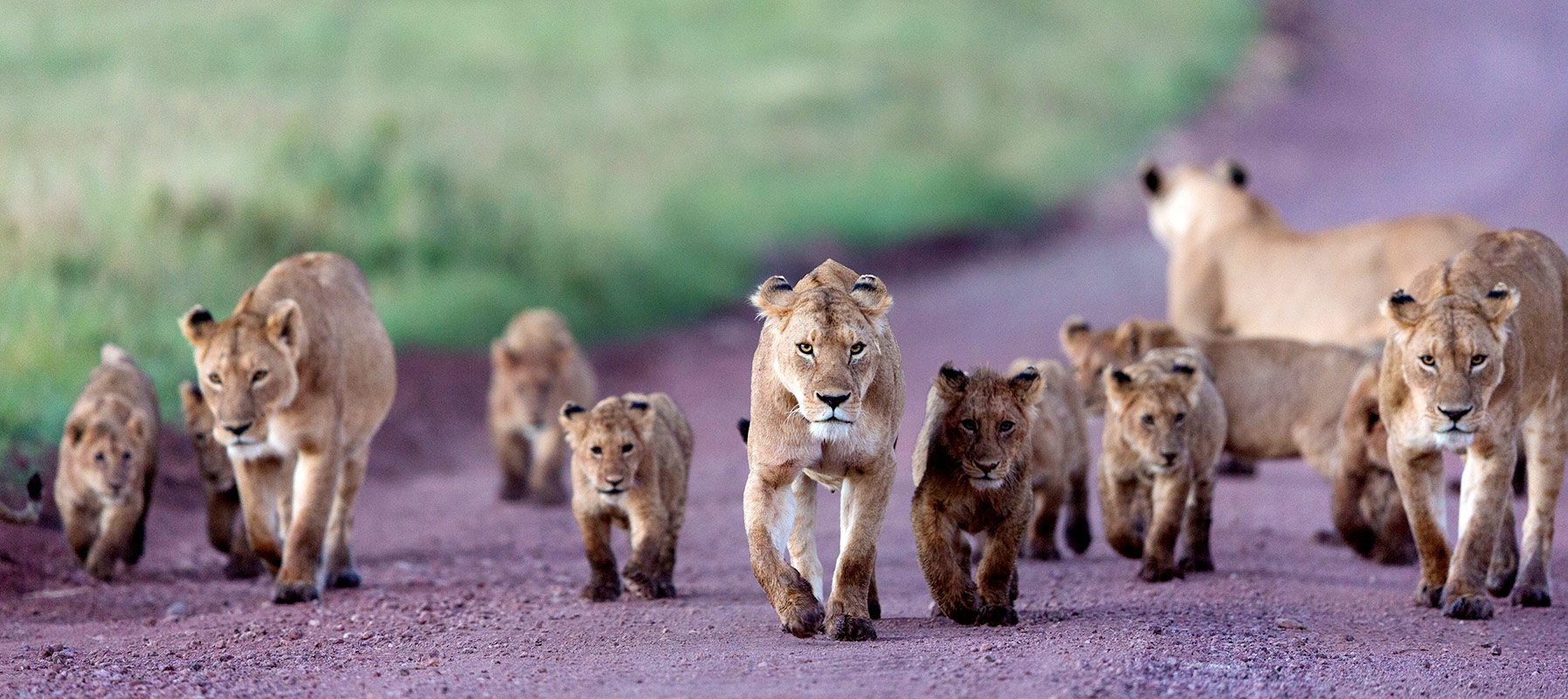
The majority of wildlife species and the Masai people both have strong resident populations in the Ngorongoro Conservation Area. The lion and cheetah populations are especially robust in the Ndutu Lake region, which lies west of the conservation area. The spotted hyena (Crocuta crocuta), jackals, and hartebeest (Alcelaphus buselaphus) are common in the area. It’s possible that the African wild dog population has recently decreased. On the plains west of the Ngorongoro Crater, servals are widely distributed. The Ngorongoro Conservation Area is traversed by the yearly ungulate migration, which sees 1.7 million wildebeest, 260,000 zebra, and 470,000 gazelles enter the region in December and depart in June. The migratory travels throughout nearly the whole plains in search of food, however it varies seasonally according to the rains.

